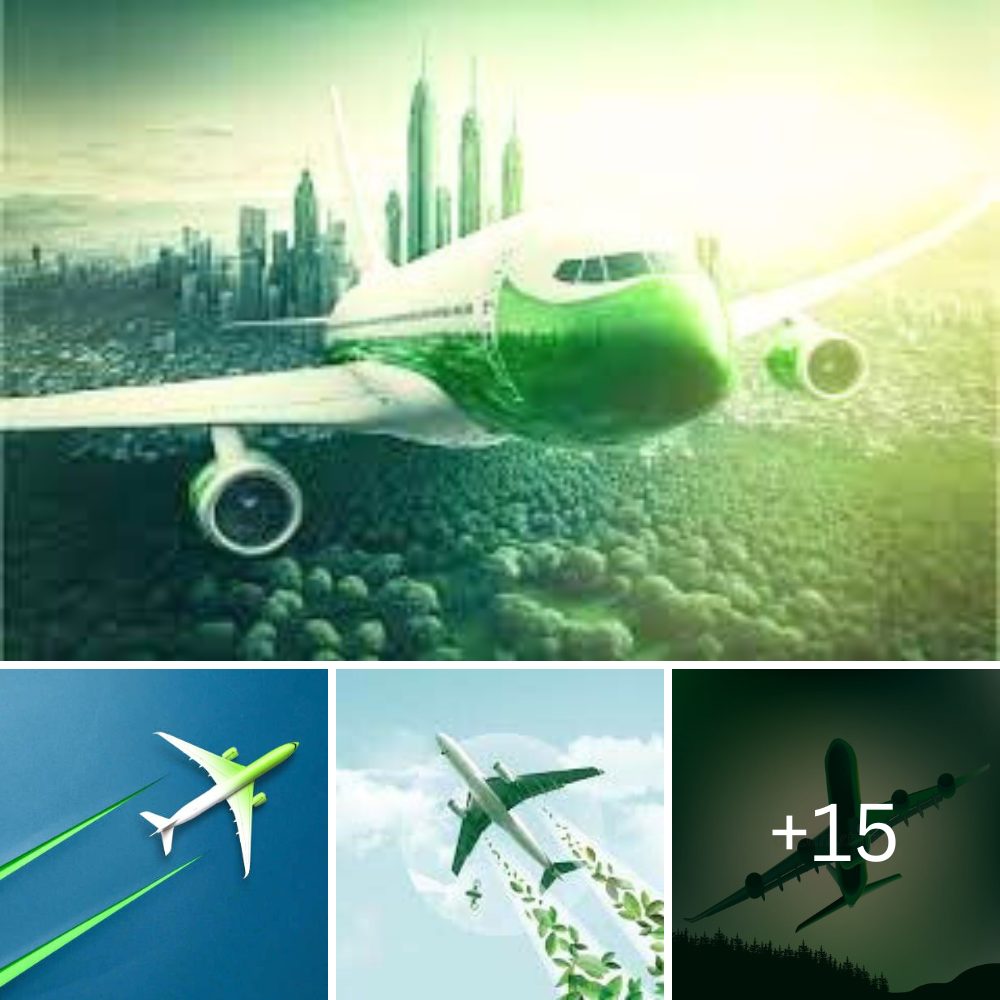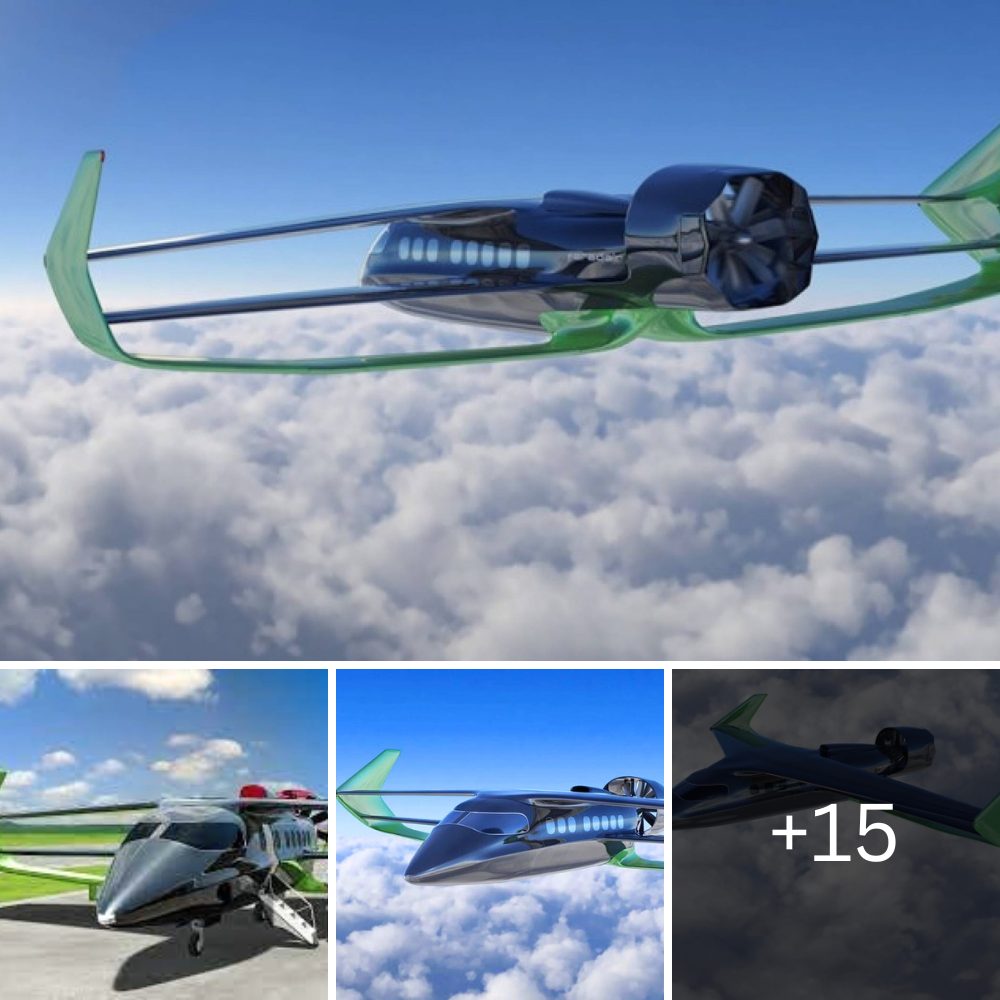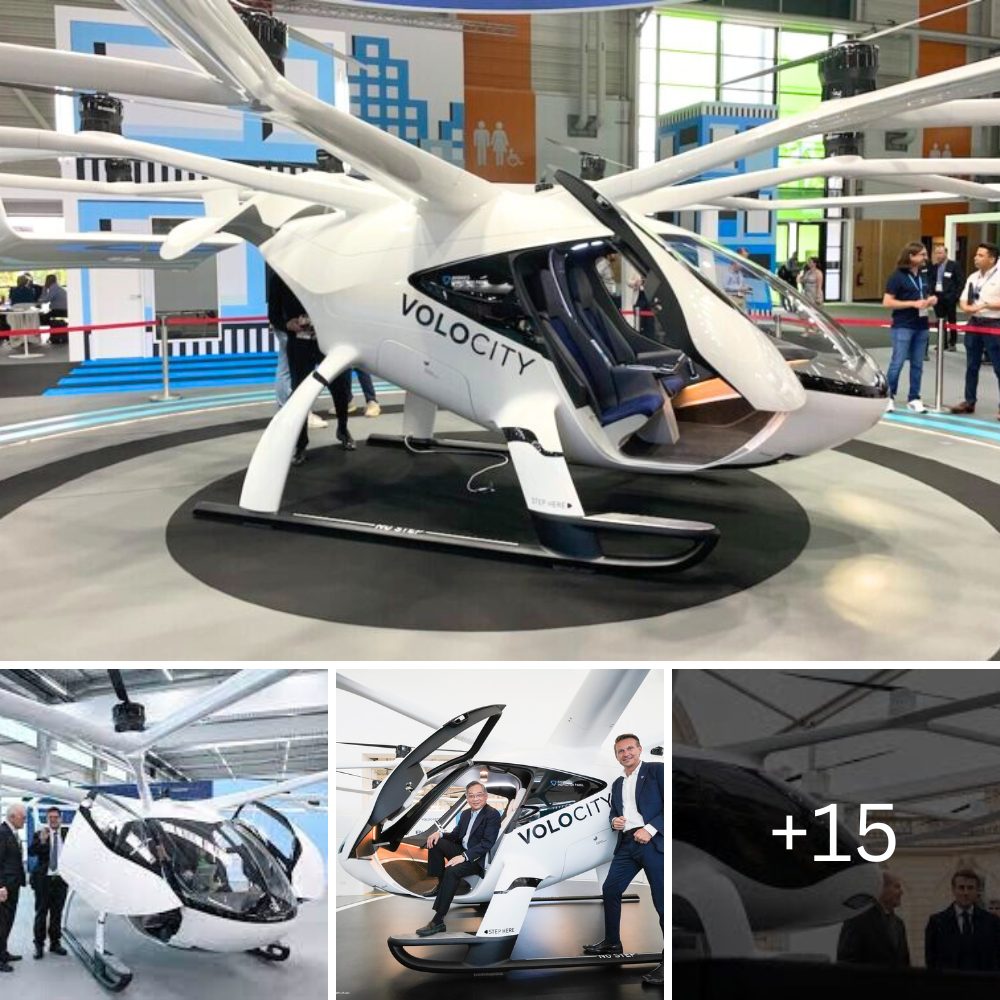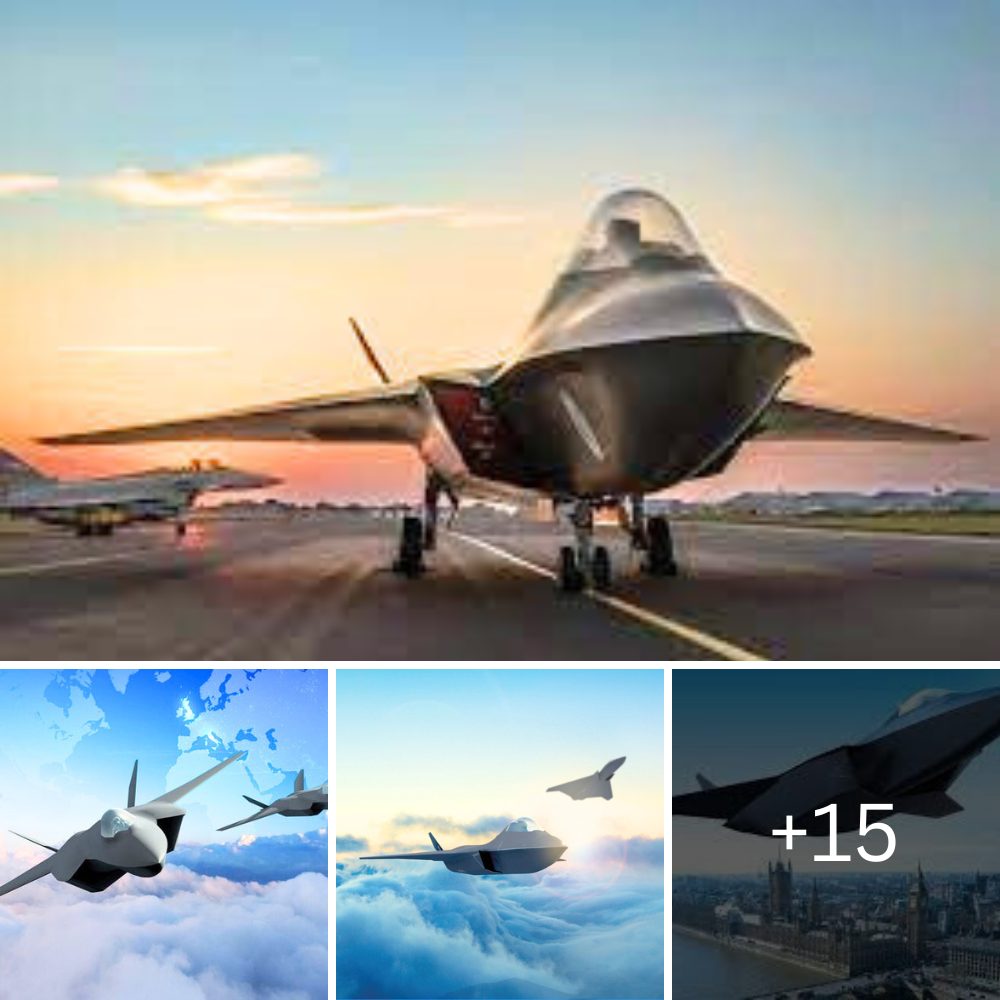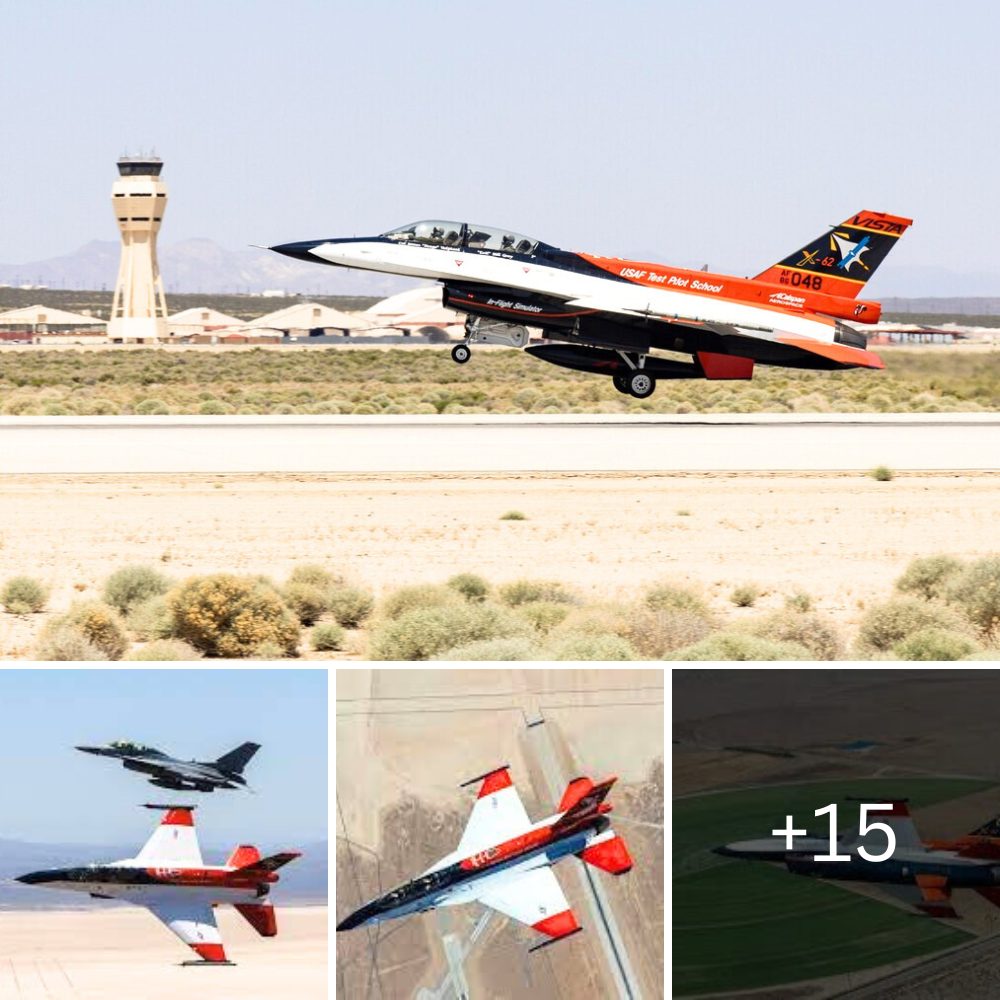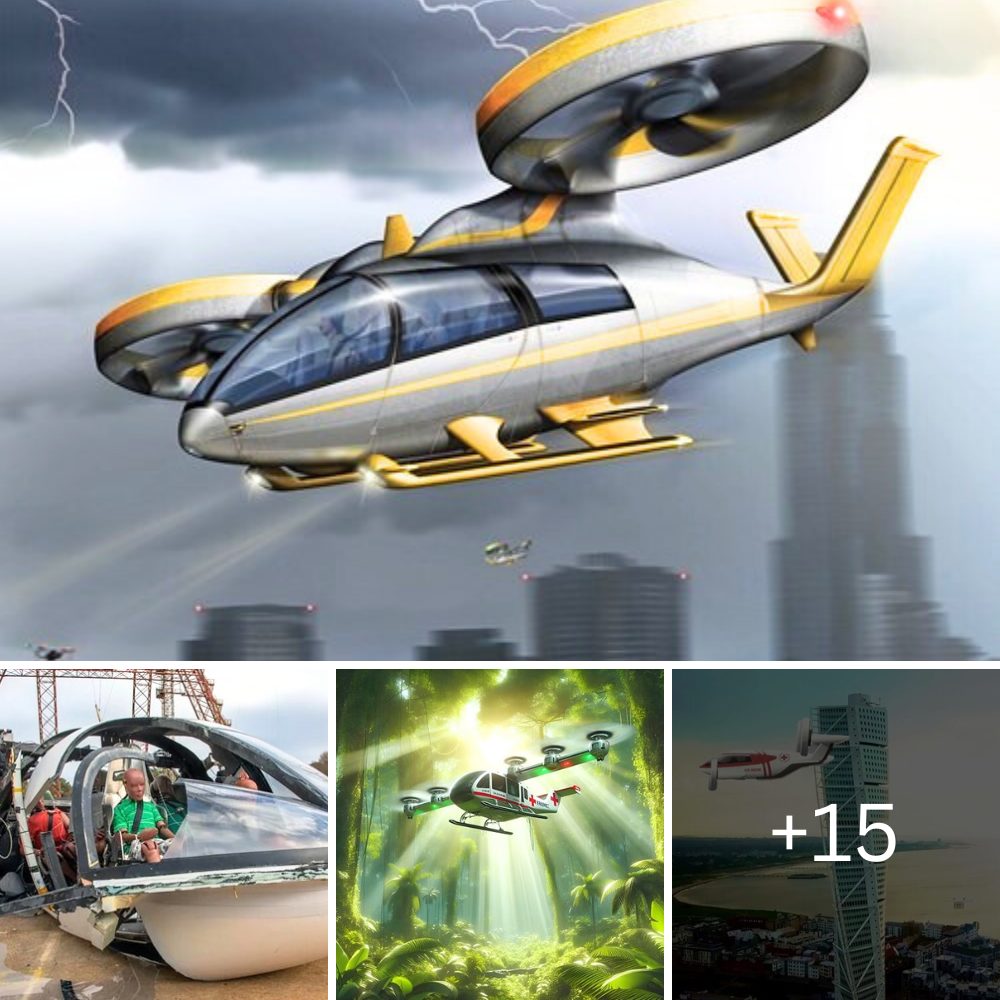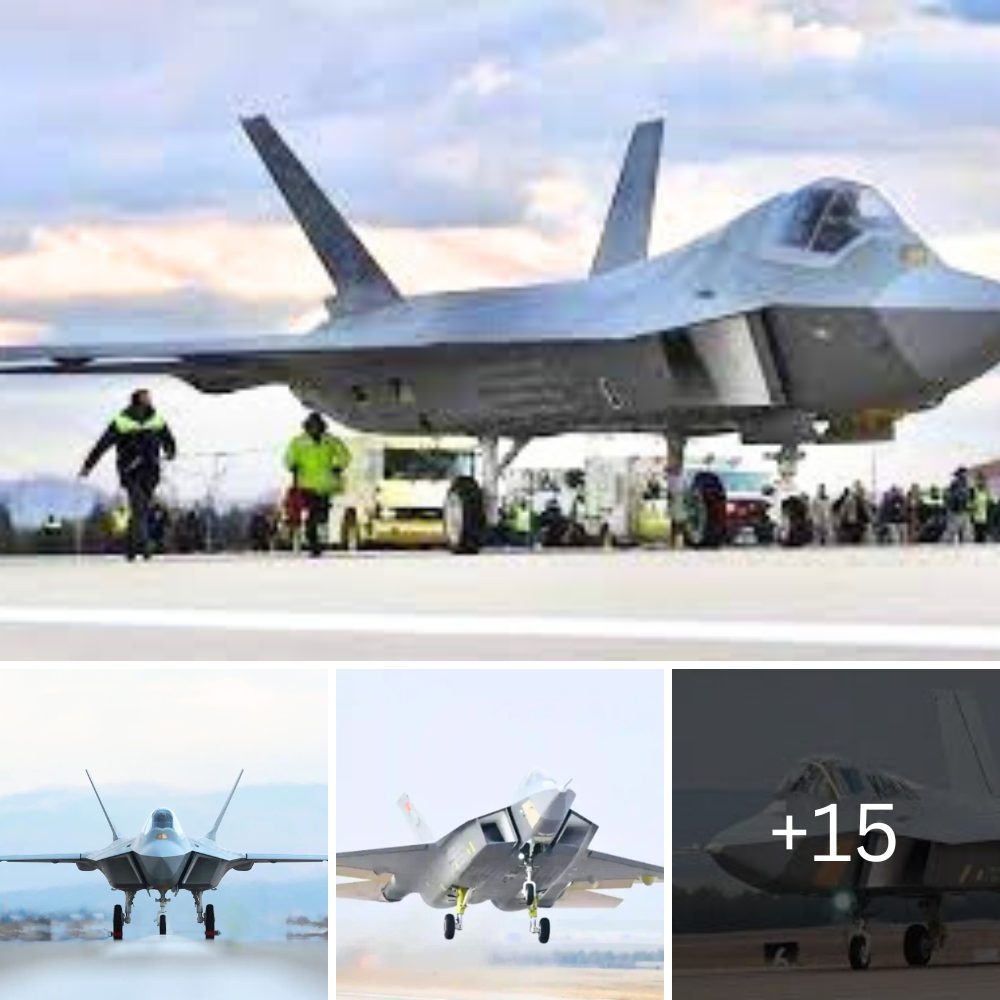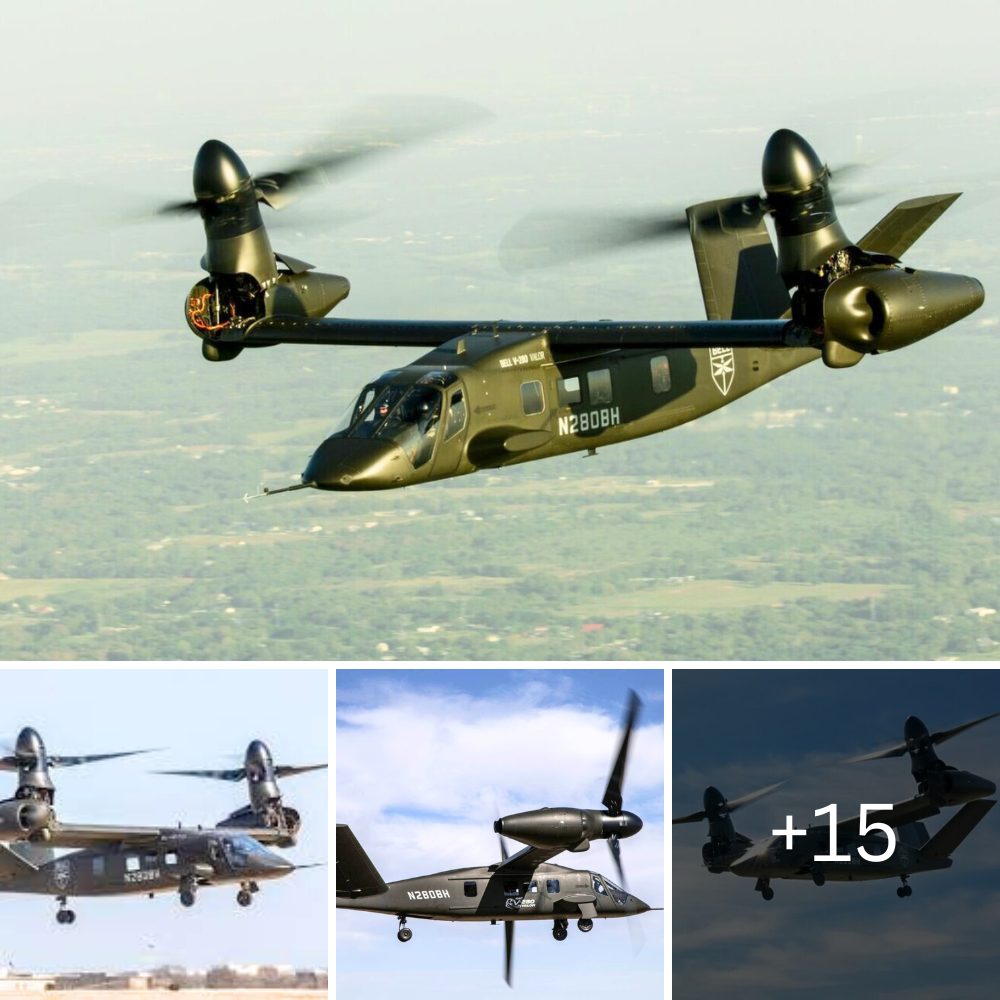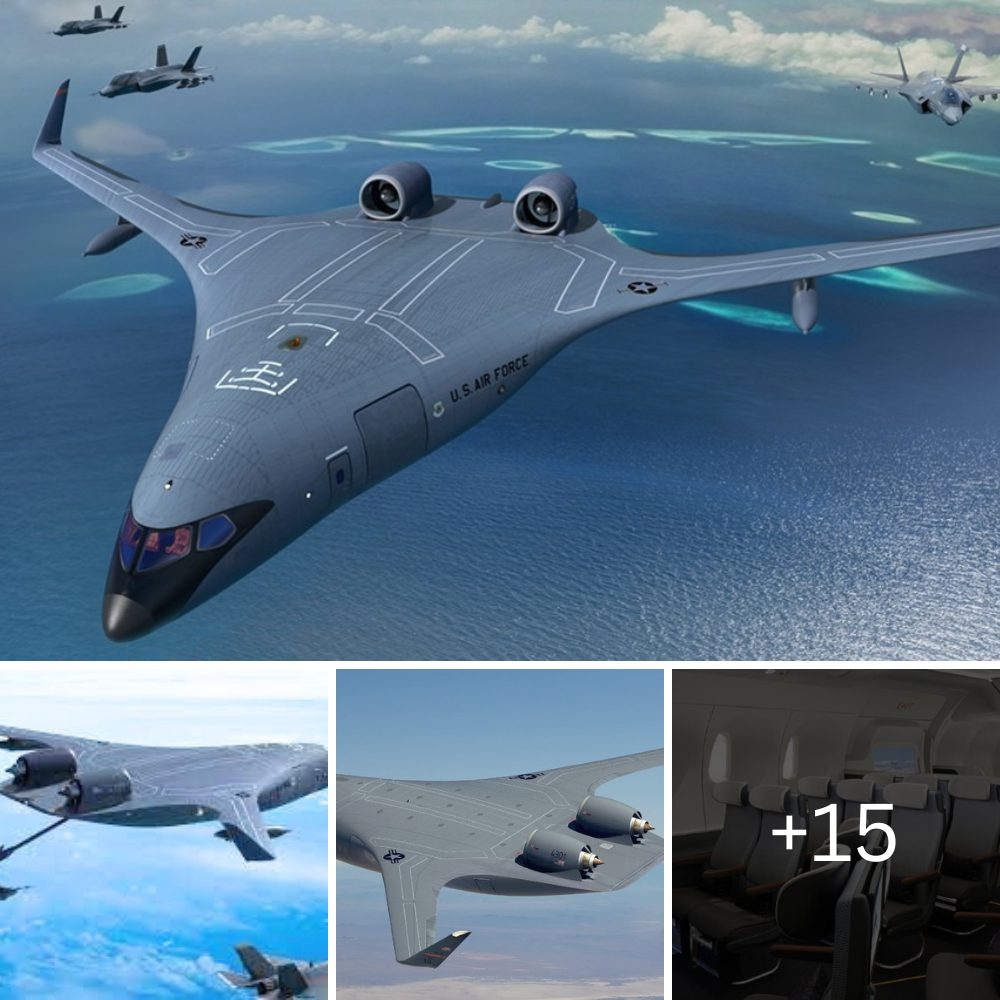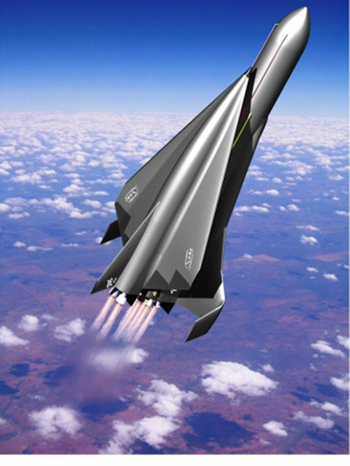
Germany’s space agency is currently working on a hypersonic jet powered by rocket technology that will be able to carry passengers from Europe to Australia in just 90 minutes, at 25 times the speed of sound.
The SpaceLiner is an ultra-fast form of transport that makes use of existing space rocket technology so as to avoid the many technical problems that make hypersonic aircraft currently impossible. On top of this, the scientists at the DLR Institute of Space Systems in Bremen are also working on technologies to make the jet 100% eco-friendly and reusable, which is currently not possible in space rockets.
The SpaceLiner has been conceptualised since 2005 and after a decade of research, the DLR scientists are now moving into the next phase of their project, and believe that the aircraft will fly by 2045.
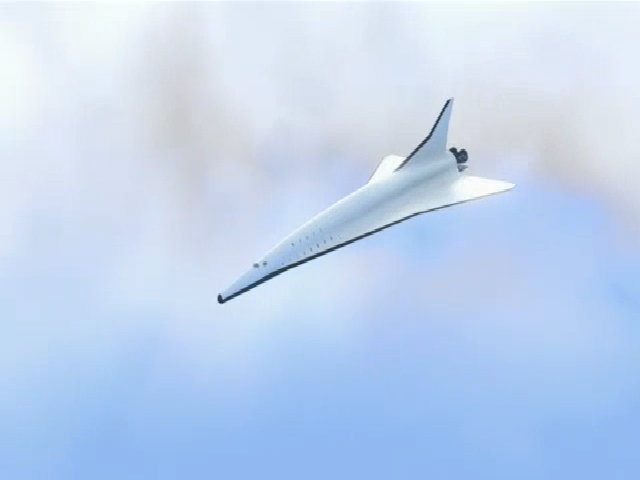
The vehicle consists of two stages – a booster stage consisting of nine rocket engines and fuel tanks, and the actual passenger aircraft, which contains a cabin that is able to hold 50 passengers and two crew members, as well as two rocket engines and fuel tanks.
To take off, all 11 rocket engines fire to launch the SpaceLiner vertically into the air like a conventional space rocket. Then, about four minutes into the flight, the booster stage separates from the passenger stage.
Using a new technology known as “in-air capturing”, the booster stage is then picked up in mid-air by a specially-designed plane, which tows the booster back to the launch site, where the booster uses its wings to perform an autonomous landing.
Meanwhile, the passenger stage uses its two engines to accelerate slightly beyond Mach 25, travelling at speeds of up to 7.3km per second, or rather 26,280km per hour, and it will be able to carry six tonnes of weight.
When taking off in a conventional airplane, passengers often feel a very slight amount of gravity, which is usually only 1.2G during take-off and landing.
At the moment, hypersonic aircraft is not considered to be safe for passengers, but DLR says that passengers on the SpaceLiner will only feel a maximum g-force of 2.5G. To give you a comparison, the gravity you feel from sitting on a roller coaster hurtling downwards is 8-9G.
The passenger stage cabin also functions as a rescue capsule and will have a solid propulsion system with little engines of its own that activate in case of emergency.
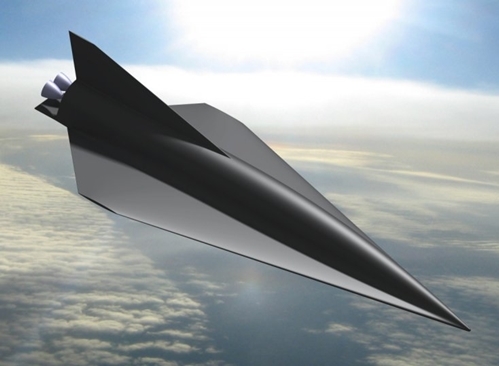
The SpaceLiner will cost €30bn (£22bn, $33bn) to develop and is targeted at First Class and Business Class passengers, but the scientists believe that there is demand for ultra-fast transport, in the same way that aircraft manufacturers now see a future in supersonic aircraft.
“If you put it into context, the Concorde was about €9bn, and the Airbus A380 cost about €14bn, so we think that in 30 years, this will be a feasible price to pay,” Olga Trivailo, a research scientist with the German Aerospace Centre at the DLR Institute of Space Systems told IBTimes UK.
“But it’s not just for passengers. In terms of cargo, this would be relevant for the transportation of human organs for transplants and other short-longevity goods.”

